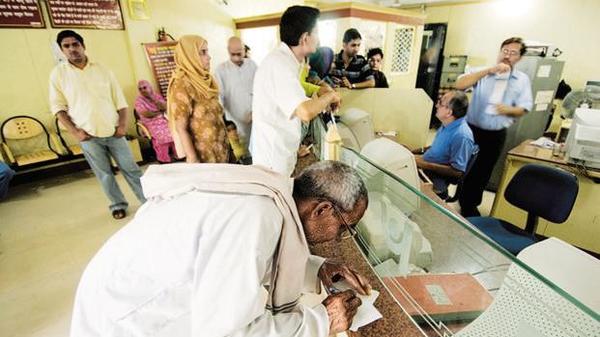
Mumbai: The future of payment banks is uncertain and while the business will expand and evolve in time, they would require regulatory and government support to achieve their objectives, said a report by State Bank of India (SBI).
The report said that recently, Aditya Birla Payments Bank (ABPB) announced shutting down its operations from 18 October, 2019 citing unanticipated developments in the business landscape that have made the economic model unviable. On 15 July, Vodafone m-Pesa had also shut shop.
The payments bank model was conceptualised by Reserve Bank of India (RBI) on recommendation of the Nachiket Mor committee for furthering financial inclusion by providing small savings accounts and payments services to unorganised sector entities.
“However, it seems to have failed to achieve the stated objectives, as only 4-PBs are operational out of the 11 licensed players. In 1990s also, RBI had made an attempt to create Local Area Banks (LABs) that are currently facing a host of issues,” the report said.
Payments bank face a blanket ban on any type of lending and are required to maintain a cash reserve ratio (CRR), statutory liquidity ratio (SLR) on the outside liability. Moreover, they cannot accept deposits higher than ₹1 lakh.
It said that the payments bank model could still be a success – but only with the universal banks and telecom companies working together having strong infrastructure, deep pockets and network in place. Some of the suggestions to revive the banks, according to the SBI report, include arrangement with universal banks to automatically transfer funds in accounts exceeding ₹1 lakh; access to Aadhaar-based KYC, as manual KYC is at least three times in terms of cost to e-KYC; RBI should allow payments banks to tie up with third-party services to cross sell products, as margins are small, so scale is very important.
“Though the business of payments banks is free from credit risk and face relatively lower market risk, but is subject to operational and liquidity risk. Perhaps an unintended consequence of a large SLR requirement is the implication of payments banks acting as a captive source of finance for the government,” it said.
[“source=livemint”]





